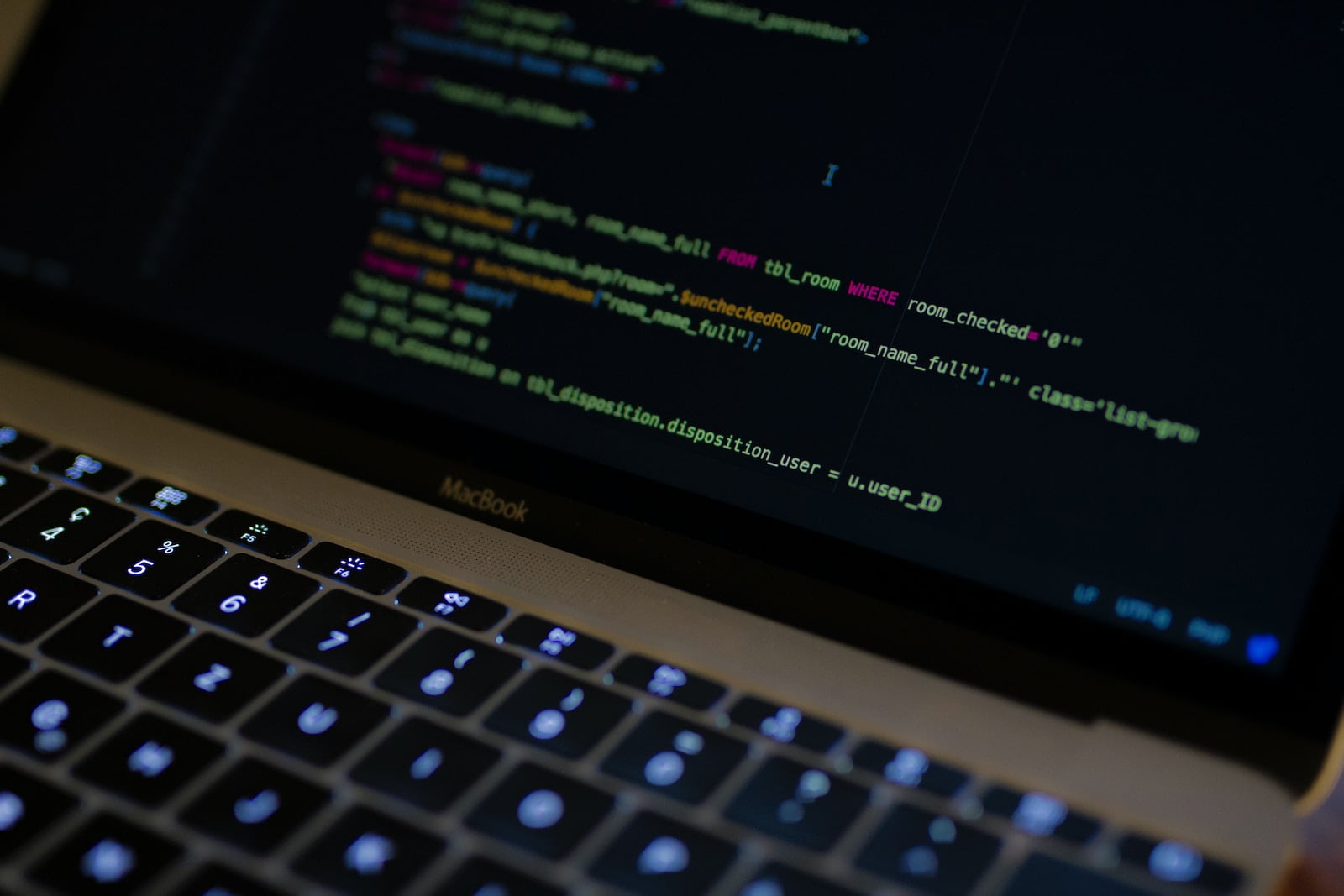Introduction
In the ever-evolving landscape of financial markets, trading platforms have emerged as the backbone of modern trading. These digital ecosystems have revolutionized the way individuals and institutions buy and sell financial instruments, from stocks and bonds to cryptocurrencies and commodities. As we delve into the intricacies of trading platforms, we’ll explore their history, functionality, and the impact they have on traders in today’s digital age.
The Genesis of Trading Platforms
Trading platforms have come a long way since the days of shouting orders on bustling trading floors. The earliest electronic trading systems were introduced in the 1960s and were primarily used for stock exchanges. These systems allowed for the automation of order matching and execution, reducing the dependence on human brokers. However, it wasn’t until the 1990s that trading platforms truly took off with the advent of the internet.
The Birth of Online Trading
The 1990s witnessed a paradigm shift in trading. The internet’s widespread accessibility and the development of online brokerage firms opened up the world of trading to individual investors. Online trading platforms, such as E*TRADE and Ameritrade, allowed traders to execute orders from the comfort of their homes, eliminating the need for a physical presence on the trading floor.
These early platforms, while groundbreaking, had limited functionality compared to today’s offerings. They primarily facilitated stock trading and provided basic research tools. However, they laid the foundation for more advanced platforms that would follow.
The Rise of Advanced Trading Platforms
The 21st century brought forth a wave of technological advancements that transformed trading platforms into comprehensive ecosystems. These platforms now offer a plethora of features catering to traders of all levels, from beginners to seasoned professionals. Some of the key features that define modern trading platforms include:
Asset Diversity: Trading platforms today support a wide range of assets, including stocks, bonds, options, futures, forex, cryptocurrencies, and more. This diversity enables traders to build diversified portfolios and access various markets.
Real-Time Data: The availability of real-time market data is crucial for informed decision-making. Advanced platforms provide live streaming of prices, charts, and news feeds, empowering traders with up-to-the-minute information.
Advanced Order Types: Traders can use various order types, such as market orders, limit orders, stop-loss orders, and trailing stops, to execute their strategies with precision.
Charting Tools: Comprehensive charting tools with technical analysis indicators allow traders to analyze price movements and identify potential entry and exit points.
Algorithmic Trading: Many platforms support algorithmic trading, enabling traders to automate their strategies based on predefined criteria.
Risk Management: Risk management features, such as margin calculators and risk-reward analysis tools, help traders manage their exposure and protect their capital.
Mobile Accessibility: With the advent of smartphones, trading platforms have gone mobile, allowing traders to execute orders and monitor their portfolios on the go.
The Impact on Traders
Modern trading platforms have democratized access to financial markets. They have empowered individuals who were once excluded from trading due to high barriers to entry. Today, anyone with an internet connection and some capital can become a trader.
Additionally, trading platforms have fostered a culture of self-reliance and education among traders. The availability of research tools, educational resources, and demo accounts has made it easier for individuals to learn about trading and develop their strategies.
However, the accessibility and convenience offered by trading platforms also come with risks. The ease of trading can lead to impulsive decisions, and the abundance of information can be overwhelming for novice traders. Therefore, it’s essential for traders to combine the power of these platforms with a sound trading plan and risk management strategy.
The Future of Trading Platforms
As technology continues to advance, the future of trading platforms looks promising. Here are some trends and developments to watch out for:
Artificial Intelligence (AI) and Machine Learning: AI-powered trading platforms can analyze vast datasets and make predictions, potentially enhancing trading strategies.
Blockchain and Cryptocurrencies: With the growing popularity of cryptocurrencies, trading platforms are integrating blockchain technology and expanding their cryptocurrency offerings.
Social Trading: Some platforms now enable users to follow and replicate the trades of experienced traders, creating a social trading community.
Regulatory Changes: Evolving regulatory landscapes worldwide may impact the functionality and accessibility of trading platforms.
Virtual Reality (VR): VR may introduce immersive trading experiences, allowing traders to interact with markets in new ways.
Conclusion
Trading platforms have evolved from their humble beginnings as electronic order-matching systems to become the lifeblood of today’s financial markets. They have transformed the way we trade, offering a wealth of features and opportunities to a diverse range of traders.
As we move forward, it’s crucial for traders to harness the power of these platforms responsibly. They should continually educate themselves, develop robust strategies, and exercise prudent risk management to navigate the complex world of financial markets successfully. In doing so, they can make the most of the trading platforms that have become an integral part of our digital age.

